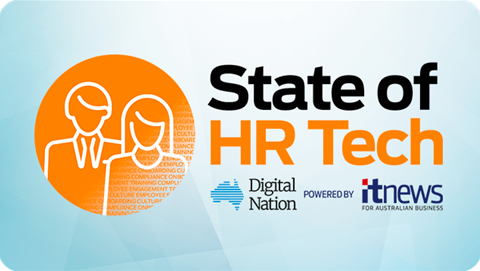Netflix’s VP inclusion and strategy Verna Myers once said that diversity is being asked to a party, and inclusion is being asked to dance.
Digital Nation Australia spoke to UKG’s first chief belonging, diversity and equity officer who goes even further to say that “Belonging is dancing to your favourite song”.
According to Reaves, “If you think about what the belonging is, it really is that sense that not only are you there, but people know that you're there and you get to contribute at the same levels as everyone else.
“Belonging is do you have sponsors? Are you being asked for your opinion? Do you think the company values your unique opinion? Do you get a chance to bring your authentic self to work -whatever that means to you? Because it's one thing you can show up and be like everyone else, but can you bring your unique gifts?”
Organisations working to embed DEI&B into their company culture are no longer looking for employees that are a good ‘cultural fit’ but rather a ‘cultural add’, he said.
“A cultural fit means that you must acquiesce to what exists. A cultural add is you accept the fact that you're expanding the culture to include and meet people where they are. If someone does bring their unique self, that's what we want. That's what we should hire, because if everyone thinks the same, looks the same, has the same experience, you will never get innovation,” said Reaves.
Reaves has developed a three-step framework to ensure the success of diverse workplaces.
The first element is to make the topic a business imperative, to guarantee that there is motivation for it.
“Human beings will only do nice things up to a point and that's the point that they deem it nice enough. But if you make it a thriving thing, human beings will thrive to significant levels higher than nice,” he said.
The second is to ensure there is operational rigour to hold the business to account.
“There's a lot of talk about these things, but if you don't actually embed this topic — diversity, equity, inclusion, belonging — into all of your HR operational rhythms from where you go to find talent, to how you engage to interview that talent, to who's doing the interviewing, to how you onboard that talent, to how you develop that talent, to ultimately make it an alumnus, a very happy person, retired from your company, then it won't happen.”
Lastly the organisation needs to empower its people, he said.
“I call it ‘Providing the foundation for success,’” he said.
“Employee resource groups — these are the people who have identified themselves on multiple intersections and they're the power, you give them voice.”


_(22).jpg&h=140&w=231&c=1&s=0)

_(20).jpg&h=140&w=231&c=1&s=0)






 iTnews Executive Retreat - Security Leaders Edition
iTnews Executive Retreat - Security Leaders Edition












_(1).jpg&h=140&w=231&c=1&s=0)



